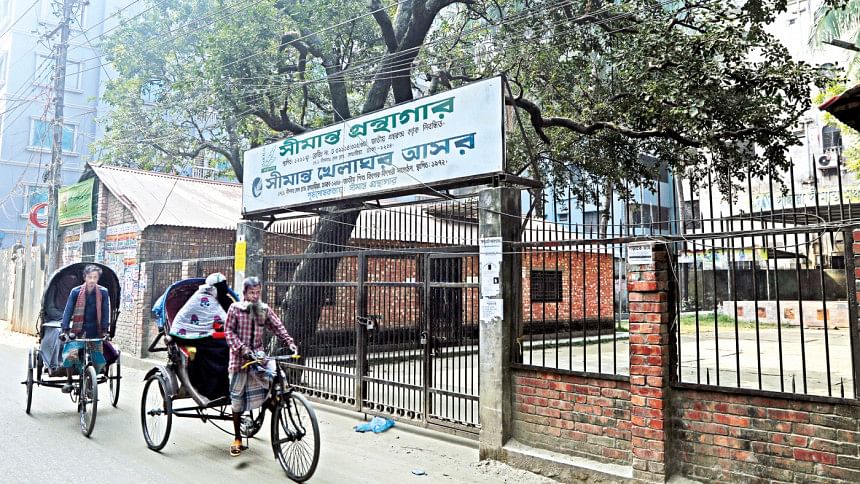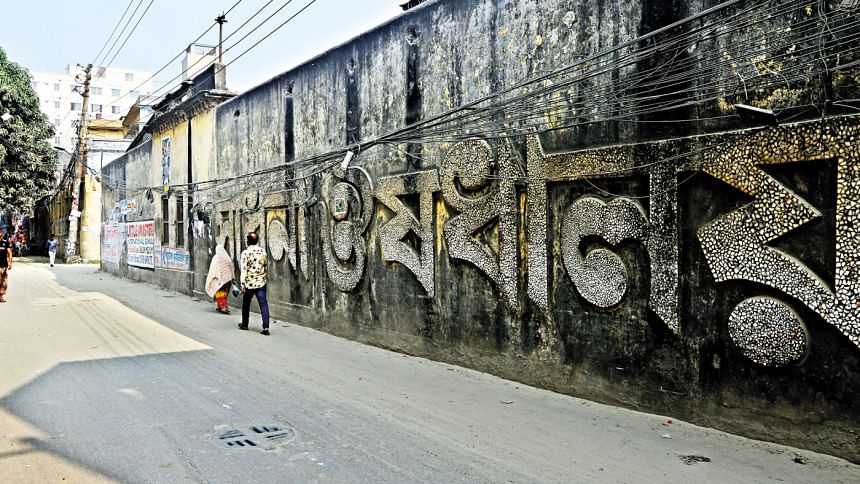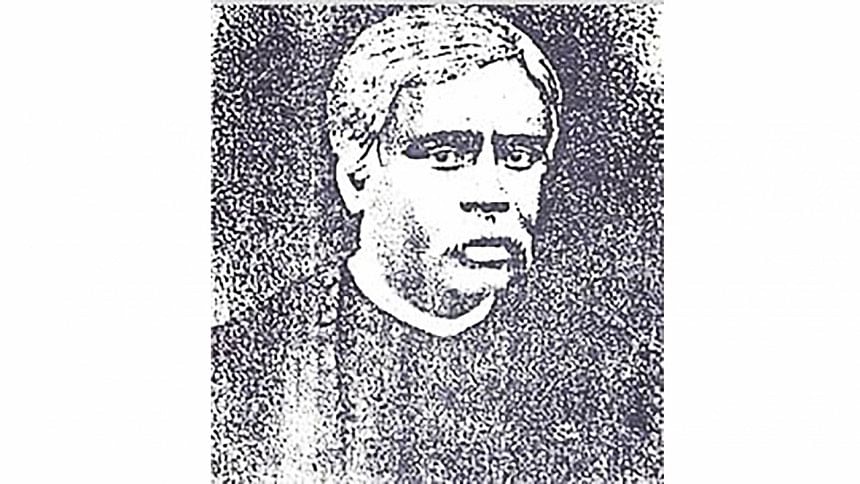Historic tale of Gandaria

SIMANTA PATHAGAR
For 67 years, Simanta Pathagar (library) has been bearing Gandaria's torch. Established under the children's organisation Khelaghar Ashar, it is also located on Din Nath Sen Road.
The library was started by prominent communist leader Nasim Ali, who vacated one of the rooms in his house for it. A year later in 1946, it was shifted to Din Nath Sen Road's Ambika Charan Chakravarty's abandoned house, where it stands to this day.
During 1947's partition, many Anti-British revolutionaries, namely Satyen Sen, Gyan Chakravarty, Nepal Nag and Nivedita Nag took shelter in this same house.
In 1976, this library honoured Kazi Nazrul Islam in the presence of his family. Over the years, cultural personalities like writer-educationist Dr Hayat Mahmud, journalist Hayat Mahmud, music director Altaf Mahmud, Ali Zaker and more visited the place, some quite regularly. But with its reader-base decreasing alarmingly, the library has lost its lustre these days.
The Daily Star contacted its current general secretary Kazi Sultan Ahmed over the library's present condition. "It plays an important role in Gandaria's literary and artistic practices," he said. "In the past, many famed authors visited us. But our readers are almost gone now, especially after the pandemic. We're currently taking steps to bring them back."

SADHANA AUSHADHALAYA
Gandaria's name is almost synonymous with Sadhana Aushadhalaya. One of Indian subcontinent's most popular ayurvedic medicine producers stand on almost two-acres of land in Gandaria's Din Nath Sen Road.
According to the Asiatic Society's "Encyclopedia of Dhaka", Jogesh Chandra Ghosh, son of Prafulla Chandra Roy, established Sadhana in 1914, after finishing higher studies from Kolkata, the United Kingdom, and USA.
After a humble beginning, it was turned into a modernised factory in 1917, with branches and agencies opening across the then East Bengal, India, Pakistan, Myanmar, Sri Lanka, China, USA and more.
But the company was met with tragedy when Jogesh Chandra was killed in the hands of the Pakistan army during the Liberation War. With this, the glory days of Sadhana started to run out.
Today, some of their more popular medicines include Saribadi Salsa, Beauty Cream, Dashan Sangskar, Chavanpraash and more. The factory also shelters a group of stray monkeys, who is another of Gandaria's hallmarks.

CONTEMPORARY GANDARIA AND DIN NATH SEN
The Din Nath Sen behind Din Nath Sen Road was one of the pioneer figures of Gandaria during its formative years.
The then deputy inspector of East Bengal's schools was a visionary. Even back then, he could sense that the city was going to expand. Sensing this, he brought a lot of land in Gandaria, then known as Dolaiganj, along with influential citizens Ananda Chandra Roy and Rajani Kanta Chowdhury.
However, the other two soon left the area. Ananda bought land in Kakrail and moved out. So did Rajani Kanta, though he built a farmhouse in Gandaria. Only Din Nath remained. He constructed a house on 17 bighas of land for his family.
After building his own house, he started encouraging relatives and friends to come to Gandaria too. With this, rather unknowingly, he kickstarted Gandaria's origins as a middle-class residential area at the start of the 20th century.
The area was rather under-developed then. To help the locals go to the rail station, Din Nath constructed a road out of his own pocket. But there was one condition – no one can build contraband stores by his road.
Din Nath has another identity. He was the father-in-law of legendary actress Suchitra Sen, who married his son Barrister Diba Nath Sen.

 For all latest news, follow The Daily Star's Google News channel.
For all latest news, follow The Daily Star's Google News channel. 



Comments